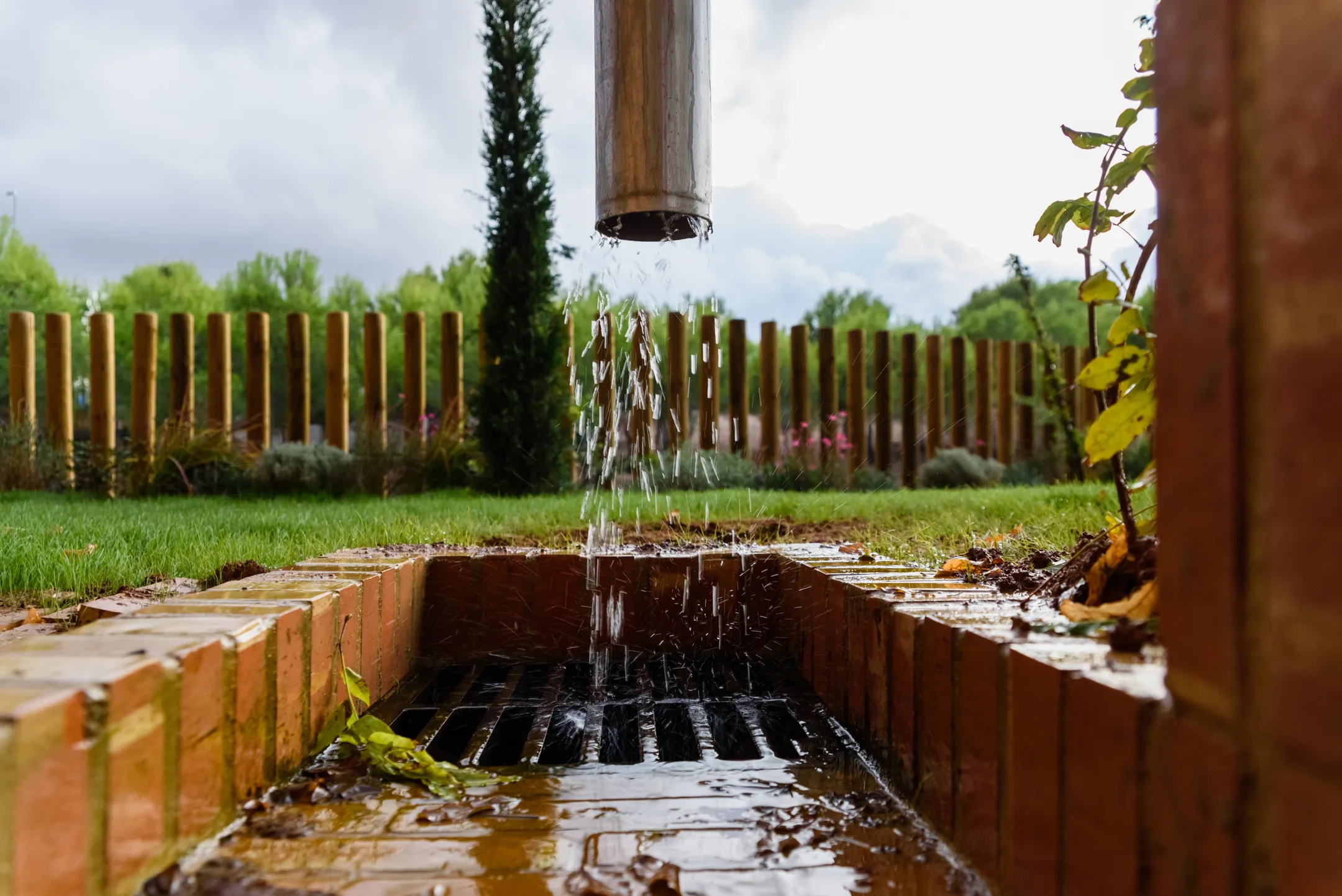Property fences and retaining walls
Find out if you need approval when building and changing property fencing and retaining walls, including advice on how to avoid or resolve fencing disputes between neighbours.
Fences and retaining walls are commonly used to separate properties and to retain difference in property levels. Ownership of a dividing fence on a common boundary is shared equally between fence owners. Refer to Neighbourhood Disputes (Dividing Fences and Trees) Act 2011.
Retaining walls serve a different purpose than fences. They are engineered to support built up or excavated earth. Retaining walls are not normally a joint responsibility for neighbours. Where a wall is constructed over and benefits multiple properties, the owners are jointly responsible. Retaining walls should be constructed entirely on one allotment to avoid disputes.
Approval to build a retaining wall
Approval to build a retaining wall
Under the Building Act 1975 and Building Code of Australia, a retaining wall is a class 10b structure. Regardless of their height, all retaining walls must comply with relevant building laws, codes and standards.
Retaining walls:
- hold back soil or rock from a building, structure or area
- prevent erosion and movement of soil
- collect and re-direct surface water and sub-surface seepage to a lawful point of stormwater discharge
- may provide structural support to buildings and structures where approved by a private building certifier
- where approved by a private building certifier, may provide structural support to:
- fences
- concrete slabs
- rainwater tanks
- raised garden beds
- additional fill.
Do I need approval to build a retaining wall?
Prior to building or replacing a retaining wall, council recommends you seek advice from a private building certifier. You must have a building permit before construction, modification or repair of most retaining walls.
Any new retaining wall should be built to last the expected life of the building or property the wall serves. Read our fact sheet (DOCX, 1.5MB) about building a new retaining wall.
Retaining walls over 2 metres high.
You must have council approval, as a concurrence agency, for retaining walls over 2 metres high. This is in addition to approval from a private building certifier. Your certifier can arrange for the concurrence agency referral.
Adding to or changing an existing retaining wall
Adding to or changing an existing retaining wall
You need building approval to modify an existing retaining wall. This includes:
- repairing or replacing more that 20% of the structural components of the retaining wall
- excavating close to the base of a retaining wall
- adding additional load to the top of the retaining wall. For example; concrete slabs, additional fill, raised garden beds, pools and other structures. These place load on the retaining wall.
- adding a fence on top of the retaining wall.
- increasing the height of an existing retaining wall
For example: adding sleepers and filling to the top of an existing retaining wall to build a garden bed. This requires building approval.
All of these things may compromise the structural integrity of the retaining wall.
Read our fact sheet (DOCX, 1.4MB) about repairing or replacing retaining walls.
Dividing fence and fencing disputes
Dividing fence and fencing disputes
A well designed and constructed fence can provide visual appeal and add value to your property.
Before you build your fence:
- talk to your neighbours about dividing fences
- check your property boundaries
- check if you need approval
- dial before you dig
- get advice if your old fence could contain asbestos.
The Neighbourhood Disputes Resolution Act 2011 provides ways for neighbours to resolve disputes about dividing fences. The State Government regulates these matters.
- Speak to your neighbour first. Many people do not realise the problem is occurring and are happy to cooperate.
- See the Department of Justice and Attorney General website for a copy of the Act, forms and FAQs.
- A solicitor can assist with legal considerations between neighbours, including liability and damages.
If you and your neighbour cannot resolve the problem, the State Justice Department Dispute Resolution Centre can provide mediation without legal action.
Approval to build a fence
Approval to build a fence
Do I need approval to build a fence?
Fences up to two metres high above the fences natural ground surface can generally be built without building approval.
You must have development approval from a private building certifier if your fence:
- is swimming pool fencing
- exceeds 2m in height above the fence's natural ground surface
- is attached to a retaining wall.
In certain circumstances, the private certifier must refer the fence to council for assessment against the Queensland Development Code.
Other conditions may apply to your property if it is in a master planned community or has existing development approvals. These may restrict certain types of fencing. You can find this information in your purchase contract or you can contact council.
Fences over 2 metres high.
You must have council approval, as a concurrence agency, for fences over 2 metres high. This is in addition to approval from a private building certifier. Your certifier can arrange for the concurrence agency referral.
Fences on road frontage
Fences on road frontage
A fence that borders the road reserve must be wholly located within the boundary of the property.
You need consent from council to build anything on a road reserve. Read about work within a road or verge.
Corner allotments
Corner allotments
A fence, screen, retaining wall or similar structure must allow traffic to have a clear line of vision around the corner.
Refer to the Queensland Development Code for fence heights on corner blocks.

